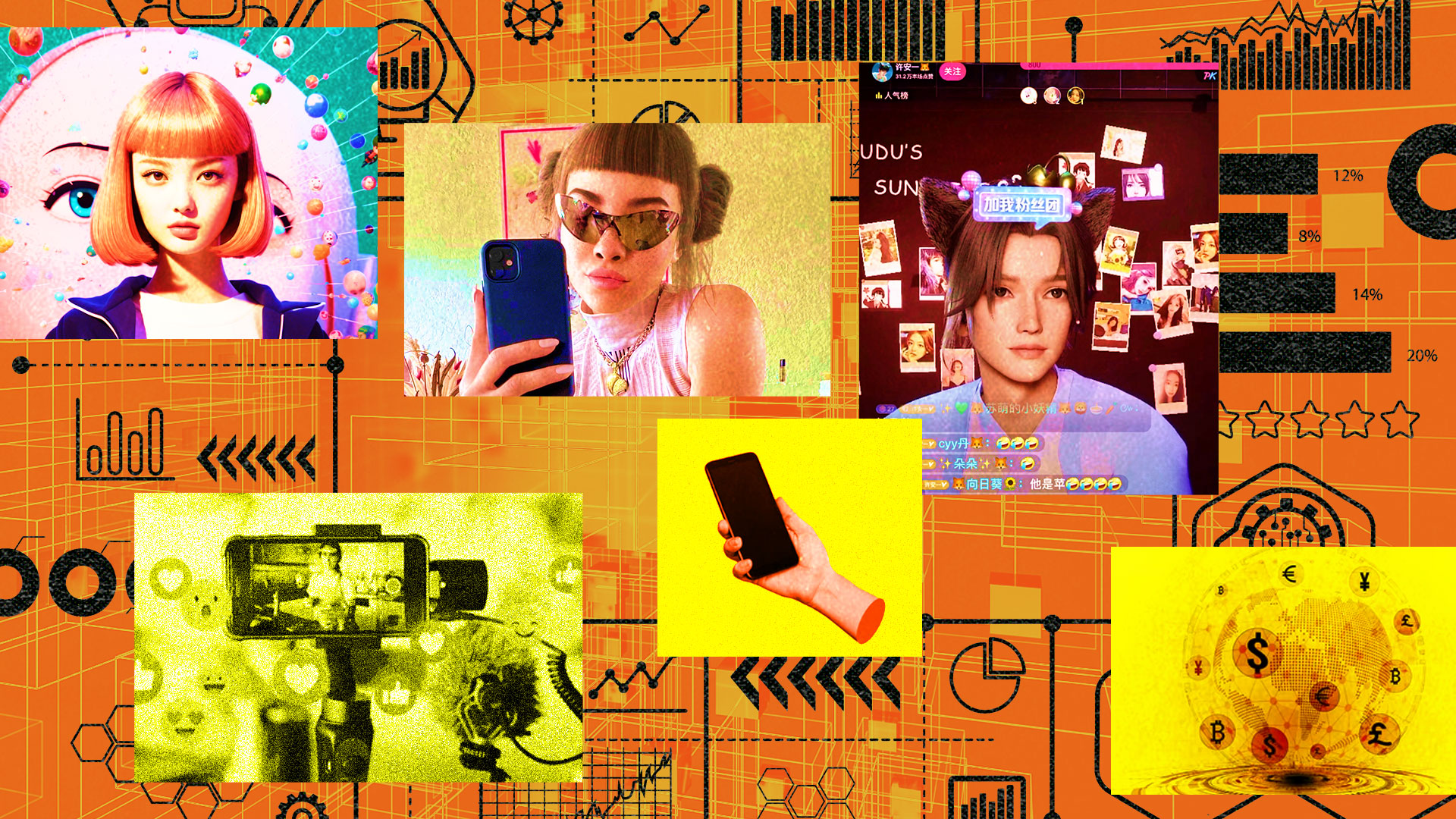Imagine unboxing a figurine—not of your favorite anime hero—but of yourself. In China’s fast-evolving digital culture, that’s exactly what’s happening as young people embrace the trend of turning themselves into “guzi” (谷子), slang for collectible merchandise. Once reserved for anime and idol fandoms, guzi culture has broken out of its niche to become a playful—and strangely powerful—form of self-expression.

Traditionally, guzi meant acrylic stands, keychains, and plushies of beloved characters or celebrities. Fans collected them to feel closer to their idols. But thanks to the rise of AI art generators and affordable 3D printing, the script has flipped: now the idols are us. People are commissioning and creating their own mini figurines, keychains, and trinkets, whether of themselves, their pets, or their friends’ most iconic expressions.




This shift from consuming guzi to becoming guzi marks something bigger than just another quirky internet fad. It reflects how Gen Z is rewriting the relationship between identity, technology, and consumer culture. Instead of passively collecting, they’re actively immortalizing themselves—literally becoming the muse, the product, and the fan all at once.




For a generation obsessed with “main character energy,” guzi fits perfectly. It’s self-love with a wink, vanity turned into tangible art. The dopamine rush of seeing a mini-you—shareable on Douyin, Xiaohongshu, or Instagram—hits the sweet spot between humor, creativity, and validation.


The creativity is endless. Scroll through hashtags like #我的谷子我做主 (“My Guzi, My Choice”) or #AI定制谷子 (“AI Custom Guzi”) and you’ll find cats turned into tiny guardians, friends immortalized in acrylic stands, or hand-painted miniatures dressed in cosplay. Digital artists and small studios have even sprung up to meet demand, offering bespoke guzi commissions.



Beyond the novelty, guzi speaks to something deeper: the desire for permanence in an era of fleeting online identities. In a world where most digital personas disappear with a scroll, a personalized figurine offers a rare physical anchor. It’s both a collectible and a declaration. It’s proof that you matter enough to become your own merch line.



So, is becoming a guzi self-indulgent, ironic, or just plain fun? Probably all three. What’s clear is that in this hybrid world of AI, fandom, and self-branding, China’s Gen Z has found yet another way to turn identity into art—and into something they can literally hold in their hands.



All images via Xiaohongshu.
















